The vast steppes of Mongolia have always been a land of legends, where the wind carries stories of warriors, spirits, and the deep resonance of the morin khuur, the horsehead fiddle. Among the most enduring tales is the one that ties this iconic instrument to the era of Genghis Khan, a time when the Mongol Empire stretched across continents and the rhythms of the steppe echoed in the hearts of its people.
The morin khuur, with its distinctive carved horsehead and hauntingly beautiful sound, is more than just a musical instrument—it is a symbol of Mongolian identity. According to legend, its origins are rooted in a story of love, loss, and the unbreakable bond between a man and his horse. The tale speaks of a young herder whose beloved white horse was killed by a jealous noble. In his grief, the herder fashioned an instrument from the horse’s remains, using its hair for the strings and its skull as the soundbox. When played, the fiddle seemed to mimic the horse’s whinnying and the galloping of hooves across the plains.
This legend, passed down through generations, is often intertwined with the legacy of Genghis Khan. Though historical records from the 12th and 13th centuries are sparse, oral traditions suggest that the morin khuur was not only present during the Khan’s reign but also held a special place in the cultural and spiritual life of the Mongols. The instrument’s music was said to inspire warriors before battle, soothe restless spirits, and even communicate with the natural world. Its strings were believed to carry the voices of ancestors, a bridge between the earthly and the divine.
The sound of the morin khuur is unlike any other. Its two strings, one representing the male and the other the female, produce a resonant, almost melancholic tone that evokes the vastness of the steppe. The bow, drawn across the strings with deliberate grace, mimics the movement of wind through grass, the cries of animals, and the whispers of the land itself. For the Mongols, it was not merely an instrument but a living entity, a companion to herders and a storyteller of the people’s history.
During Genghis Khan’s time, music was an integral part of Mongol life. Warriors sang as they rode into battle, shamans used rhythmic chants to enter trances, and gatherings around the campfire were filled with songs of heroism and the natural world. The morin khuur, with its deep, resonant tones, was often at the center of these moments. Some believe that the Khan himself may have been a patron of the arts, recognizing the power of music to unify his people and strengthen their resolve.
What makes the morin khuur truly unique is its ability to imitate the sounds of the Mongolian landscape. Skilled players can make it neigh like a horse, roar like a storm, or hum like a gentle breeze. This connection to nature is no accident—the instrument was born from the land, shaped by its people, and infused with the spirit of the steppe. Even today, when a morin khuur is played, listeners often close their eyes and feel as though they are standing on the open plains, surrounded by the echoes of centuries past.
The legacy of the morin khuur endures, not just as a relic of history but as a vibrant part of modern Mongolian culture. It is taught in schools, performed at festivals, and revered as a national treasure. UNESCO has recognized its significance, declaring it a Masterpiece of the Oral and Intangible Heritage of Humanity. Yet, despite its global acclaim, the soul of the instrument remains rooted in the legends of the past—the stories of Genghis Khan’s warriors, the whispers of the wind, and the eternal bond between a herder and his horse.
To hear the morin khuur is to hear the heartbeat of Mongolia. Its music carries the weight of history, the sorrow of loss, and the triumph of survival. It is a reminder that even in the modern world, the spirit of the steppe lives on, not just in memory but in the strings of an ancient fiddle, still singing the songs of Genghis Khan’s.

By /Jun 6, 2025

By /Jun 6, 2025
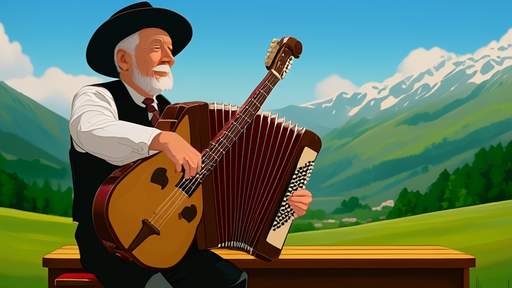
By /Jun 6, 2025

By /Jun 6, 2025
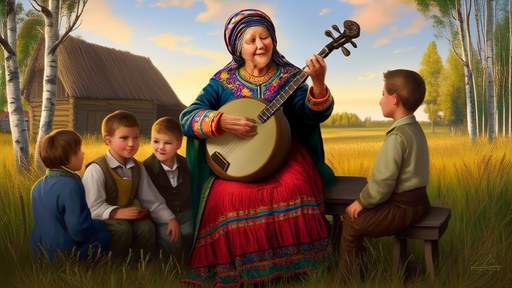
By /Jun 6, 2025
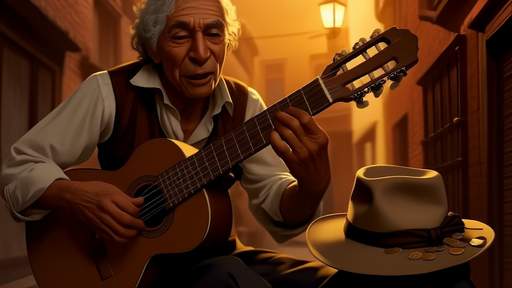
By /Jun 6, 2025
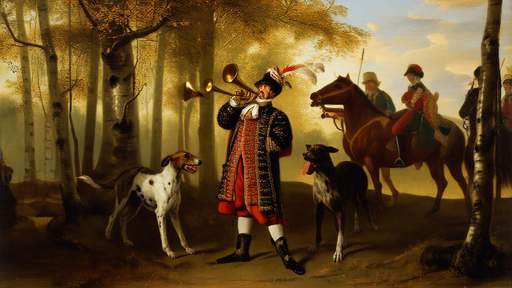
By /Jun 6, 2025

By /Jun 6, 2025

By /Jun 6, 2025
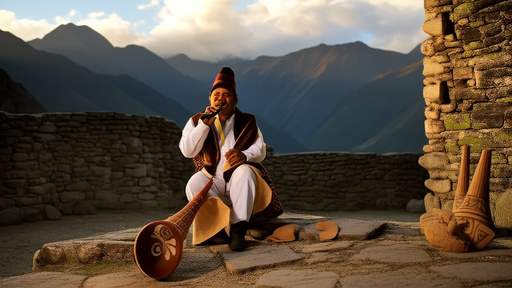
By /Jun 6, 2025

By /Jun 6, 2025

By /Jun 6, 2025

By /Jun 6, 2025

By /Jun 6, 2025
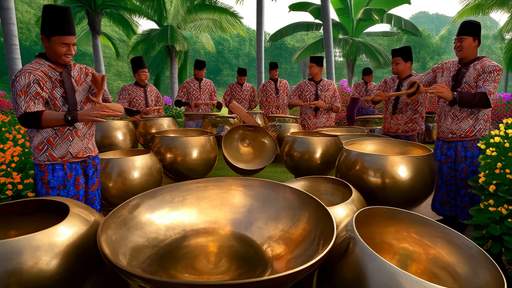
By /Jun 6, 2025

By /Jun 6, 2025
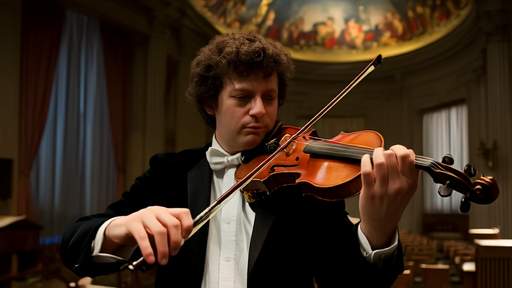
By /Jun 6, 2025

By /Jun 6, 2025

By /Jun 6, 2025
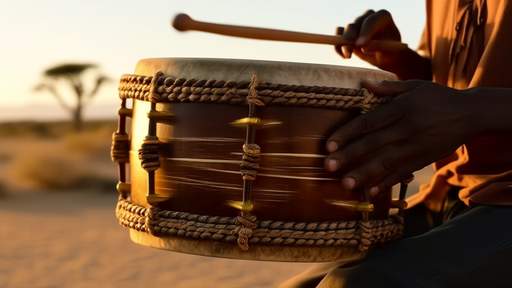
By /Jun 6, 2025